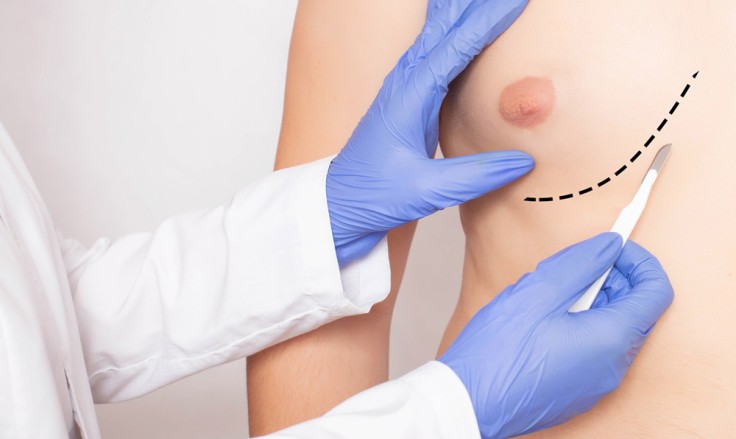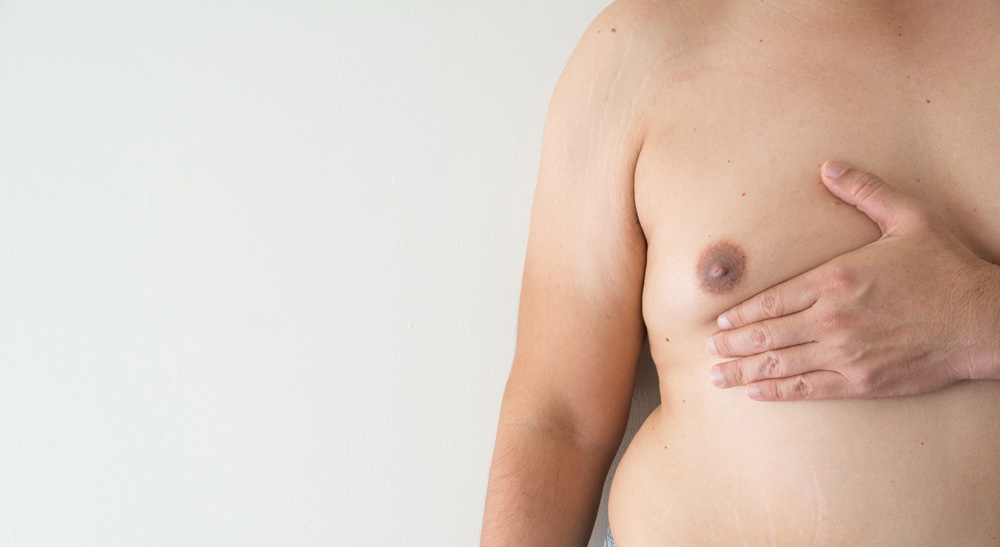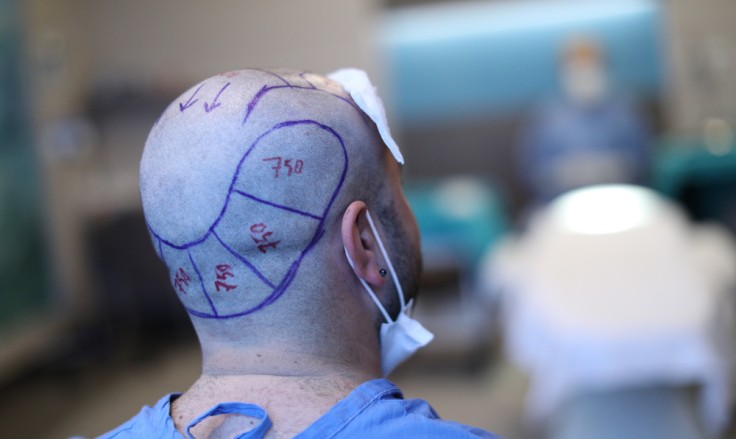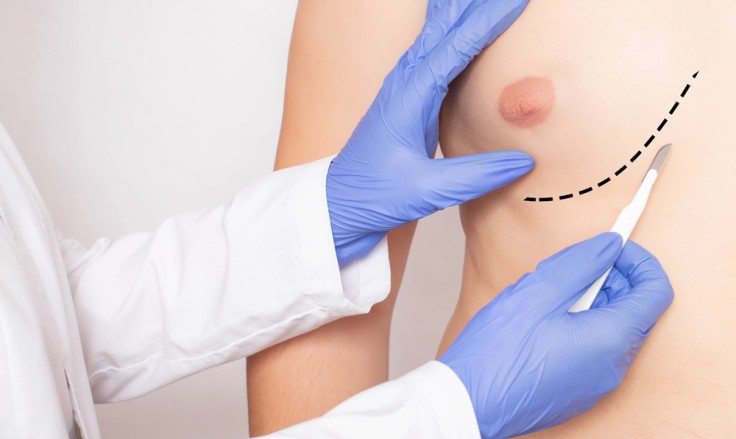Recovery and Aftercare After Gynecomastia Surgery
Introduction
Gynecomastia surgery is also known as male breast reduction surgery. It is a procedure designed to reduce the size of enlarged male breasts. This surgery can significantly improve physical appearance and boost self-confidence. Proper recovery and aftercare are crucial for achieving optimal results and minimising complications. This article provides a comprehensive guide on what to expect during the recovery process. It will provide essential aftercare tips following gynecomastia surgery.
Understanding Gynecomastia Surgery
Gynecomastia surgery involves the removal of excess breast tissue, fat, and skin. This creates a flatter, more masculine chest contour. The procedure can be performed using liposuction, excision, or a combination of both. This depends on the severity of the condition and the patient's specific needs.
Immediate Post-Surgery Recovery
The initial recovery phase begins immediately after surgery and lasts for the first few days. During this period, patients should focus on rest and follow their surgeon's instructions carefully. Rest is essential during the first 48 hours. Keep your upper body elevated to reduce swelling and discomfort. Wear the provided compression garment continuously as instructed by your surgeon. This garment helps minimise swelling, support the chest tissues, and enhance contour. Take prescribed pain medications and antibiotics as directed to manage pain and prevent infection.
Managing Pain and Discomfort
Pain and discomfort are common after gynecomastia surgery. Use prescribed pain medications as directed. Over-the-counter pain relievers should only be taken if approved by your surgeon. Applying cold compresses to the chest can help reduce swelling and numb the area, alleviating discomfort. Avoid any activities that strain your chest muscles. This includes lifting heavy objects or intense physical activities.
Caring for Incisions
Proper wound care is crucial for preventing infections and ensuring smooth healing. Keep incisions clean and dry. Follow your surgeon’s instructions for cleaning the incision sites. Avoid getting them wet until you receive clearance. Watch for signs of infection, such as redness, swelling, increased pain, or discharge. Contact your surgeon immediately if you notice any of these symptoms. Also, refrain from touching or scratching the incision sites to prevent irritation and infection.
Wearing Compression Garments
Compression garments play a vital role in the recovery process after gynecomastia surgery. Wear the compression garment continuously, except when showering. This should be for the first few weeks as recommended by your surgeon. Ensure the garment fits properly and is not too tight or too loose. It should provide firm but comfortable support.
Activity Restrictions and Gradual Resumption
Gradually resuming activities is essential for a safe and effective recovery.
- Initial Rest: Rest for the first few days, avoiding any strenuous activities.
- Light Activities: After the first week, you can gradually resume light activities such as walking. Avoid any activities that strain the chest.
- Exercise: Typically, you can start light exercises and return to work within two to three weeks. Avoid heavy lifting and strenuous workouts for at least four to six weeks or until your surgeon advises.
Long-Term Recovery and Results
The long-term recovery phase involves continued healing and monitoring of the results.
- Swelling and Bruising: Swelling and bruising are normal and may take several weeks to subside fully. The final results of the surgery may not be visible until the swelling has completely gone down.
- Follow-Up Appointments: Attend all scheduled follow-up appointments with your surgeon. These visits are crucial for monitoring your progress and addressing any concerns.
- Healthy Lifestyle: Maintain a healthy lifestyle, including a balanced diet and regular exercise, to support overall health and well-being.
Emotional and Psychological Support
Undergoing gynecomastia surgery can have significant emotional and psychological impacts. Consider counseling or therapy. Help address any emotional or psychological concerns related to your appearance and body image. Joining a support group for men who have undergone gynecomastia surgery. This can provide valuable support and encouragement.
Conclusion
Recovery and aftercare after gynecomastia surgery are essential for achieving the best possible results and minimising complications. Always stay in close contact with your healthcare provider throughout the recovery process. They can provide personalised guidance and support.
For more information on Gynecomastia surgery with ACIBADEM, please visit the ACIBADEM Beauty Center.




